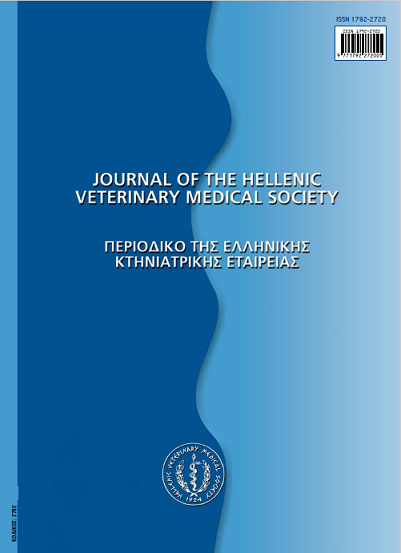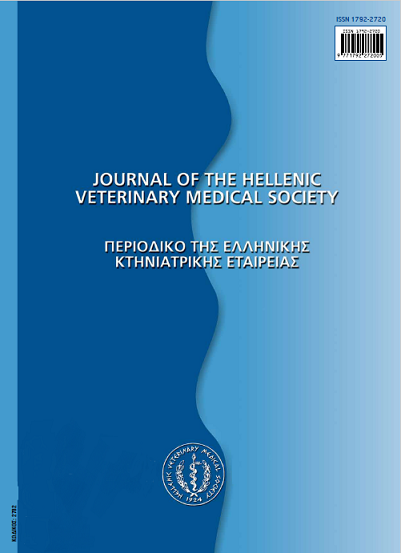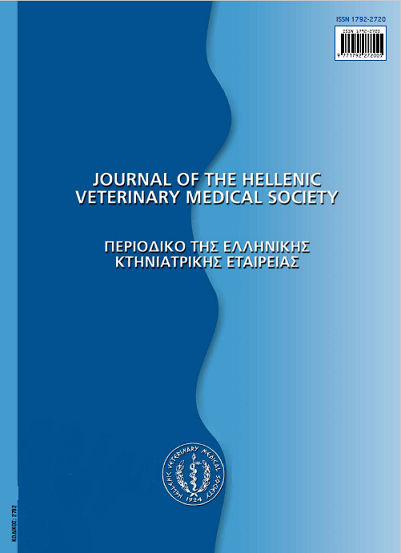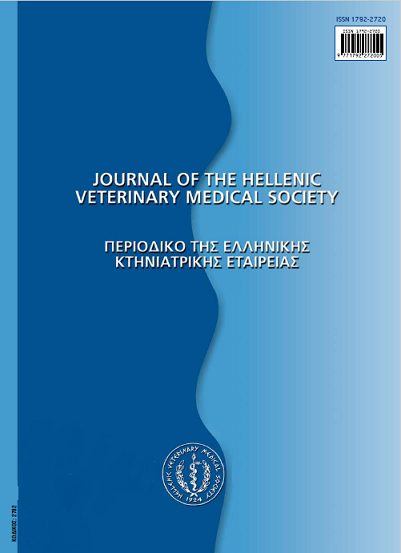Mechanical ventilation. Part II: Basic principles and function of ventilators.

Abstract
Mechanical ventilation is the process of supporting respiration by manual or mechanical means. When normal breathing is inefficient or has stopped, mechanical ventilation is life-saving and should be applied at once. The ventilator increases the patient's ventilation by inflating the lungs with oxygen or a mixture of air and oxygen. Ventilators play an important role in the anaesthetic management of patients, as well as in the treatment of patients in the ICU. However, there are differences between the anaesthetic ventilators and the ventilators in ICU. The main indication for mechanical ventilation is difficulty in ventilation and/or oxygenation of the patient because of any respiratory or other disease. The aims of mechanical ventilation are to supply adequate oxygen to patients with a limited vital capacity, to treat ventilatory failure, to reduce dyspnoea and to facilitate rest of fatigued breathing muscles. Depression of the central nervous system function is a pre-requirement for mechanical ventilation. Some times, opioids or muscle relaxants can be used in order to depress patient's breathing. Mechanical ventilation can be applied using many different modes: assisted ventilation, controlled ventilation, continuous positive pressure ventilation, intermittent positive pressure ventilation and jet ventilation. Furthermore, there are different types of automatic ventilators built to provide positive pressure ventilation in anaesthetized or heavily sedated or comatose patients: manual ventilators (Ambu-bag), volumecontrolled ventilators with pressure cycling, volume-controlled ventilators with time cycling and pressure-controlled ventilators. In veterinary practice, the ventilator should be portable, compact and easy to operate. The controls on most anaesthetic ventilators include settings for tidal volume, inspiratory time, inspiratory pressure, respiratory rate and inspiration: expiration (I:E) ratio. The initial settings should be between 10-20 ml/kg for tidal volume, 12-30 cmH2 0 for the inspiratory pressure and 8-15 breaths/min for the respiratory rate. Mechanical ventilation is a very important part of treatment in the ICU, but many problems may arise during application of mechanical ventilation in critically ill patients. All connections should be checked in advance and periodically for mechanical problems like leaks. Moreover, complications like lung injury, pneumonia, pneumothorax, myopathy and respiratory failure can occur during the course of mechanical ventilation causing difficulty in weaning.
Article Details
- How to Cite
-
PAVLIDOU (Κ. ΠΑΥΛΙΔΟΥ) K., SAVVAS (Ι. ΣΑΒΒΑΣ) I., & ANAGNOSTOU (Τ. ΑΝΑΓΝΩΣΤΟΥ) T. (2017). Mechanical ventilation. Part II: Basic principles and function of ventilators. Journal of the Hellenic Veterinary Medical Society, 62(4), 334–343. https://doi.org/10.12681/jhvms.14864
- Issue
- Vol. 62 No. 4 (2011)
- Section
- Review Articles
Authors who publish with this journal agree to the following terms:
· Authors retain copyright and grant the journal right of first publication with the work simultaneously licensed under a Creative Commons Attribution Non-Commercial License that allows others to share the work with an acknowledgement of the work's authorship and initial publication in this journal.
· Authors are able to enter into separate, additional contractual arrangements for the non-exclusive distribution of the journal's published version of the work (e.g. post it to an institutional repository or publish it in a book), with an acknowledgement of its initial publication in this journal.
· Authors are permitted and encouraged to post their work online (preferably in institutional repositories or on their website) prior to and during the submission process, as it can lead to productive exchanges, as well as earlier and greater citation of published work.








